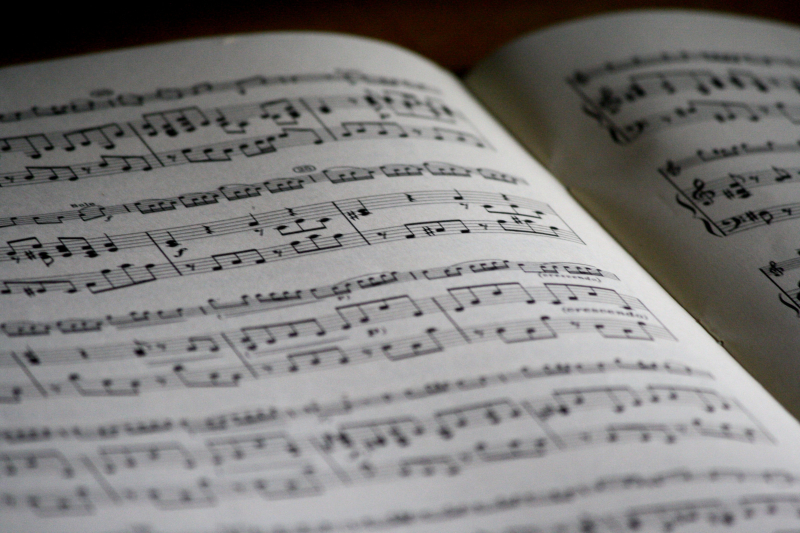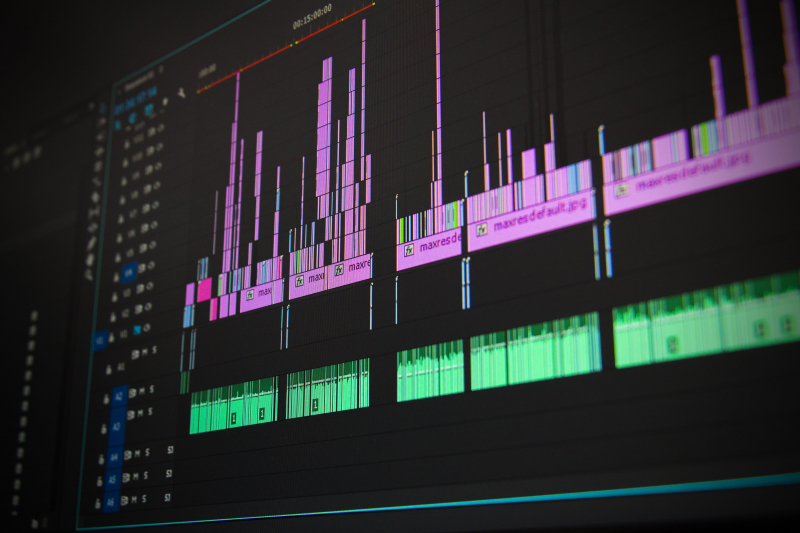Traditional Music and Modern Music
Essay topic: Traditional Music and Modern Music.
Answer:
Music, a universal language, manifests in diverse forms, with traditional and modern music representing two distinct yet interconnected branches of musical expression. Both forms, rooted in cultural contexts, bring unique qualities to the world of sound.
Traditional music echoes the heritage and customs of a specific culture, often passed down through generations. It draws from established musical traditions, featuring instruments, melodies, and rhythms that have stood the test of time. Traditional music is deeply intertwined with cultural identity and ceremonies, reflecting the historical narratives and values of a community.
In contrast, modern music represents a contemporary evolution, incorporating new sounds, genres, and technologies. It often explores innovative approaches to composition and production, embracing a wide range of styles from pop and rock to electronic and hip-hop. Modern music reflects the dynamic nature of cultural expression in a globalized world, where influences from various traditions converge.
One significant difference is the use of instruments. Traditional music often relies on instruments deeply connected to the culture, carrying symbolic significance. Examples include traditional drums, flutes, and string instruments. The choice of instruments is laden with cultural meaning. On the other hand, modern music frequently incorporates a diverse array of instruments, including electronic and synthesized sounds, reflecting the technological advancements shaping contemporary music production.
Consideration should also be given to the audience engagement. Traditional music often involves community participation, with shared rituals and celebrations providing a communal space for musical expression. It fosters a sense of belonging and cultural continuity. In contrast, modern music often caters to a global audience through digital platforms, reaching listeners across diverse backgrounds. The accessibility of modern music allows for a more widespread and varied audience engagement.
In conclusion, traditional and modern music offer distinct pathways for musical expression. Traditional music, rooted in cultural heritage, embodies a deep connection to identity and history. Modern music, marked by innovation and diversity, reflects the evolving nature of artistic expression in a rapidly changing world. Together, these forms contribute to the rich tapestry of musical exploration, each resonating with its own unique rhythms and melodies.












